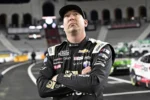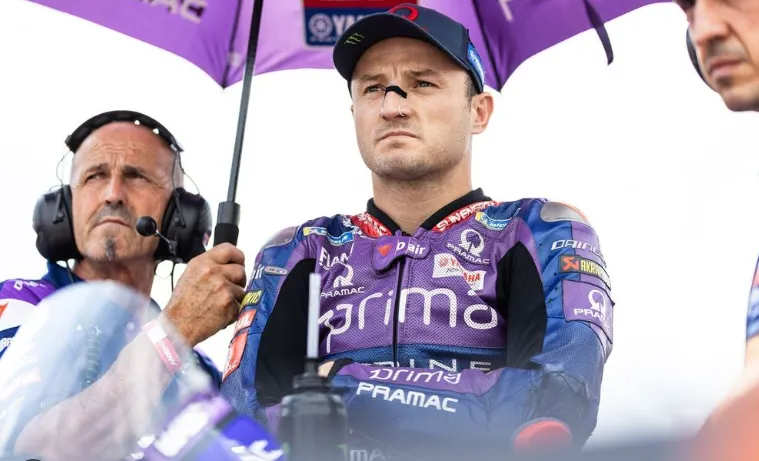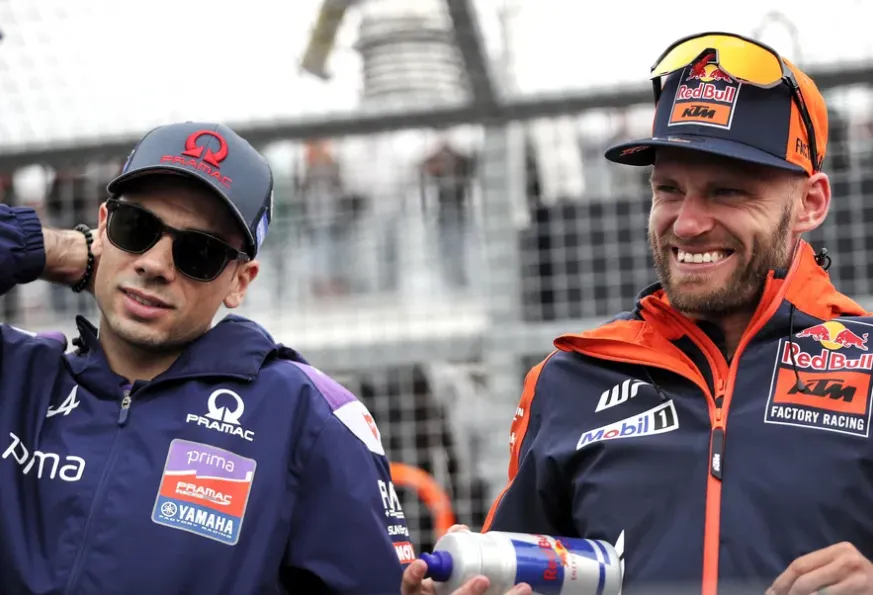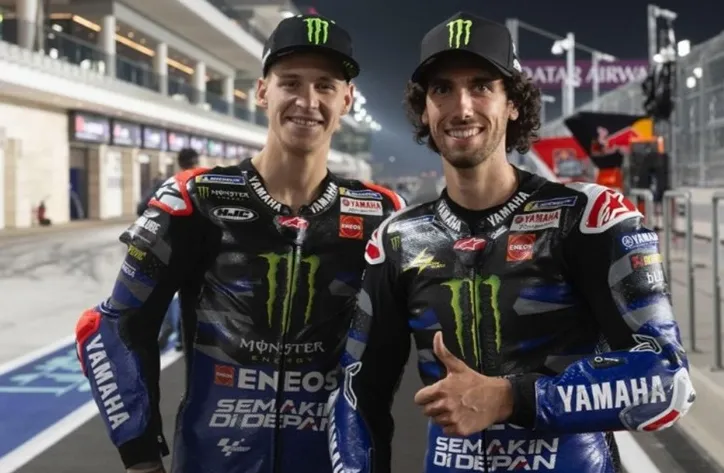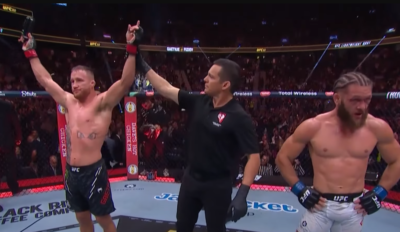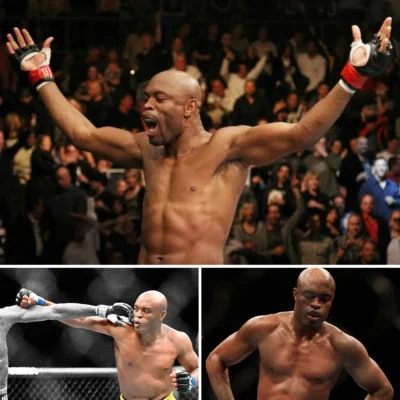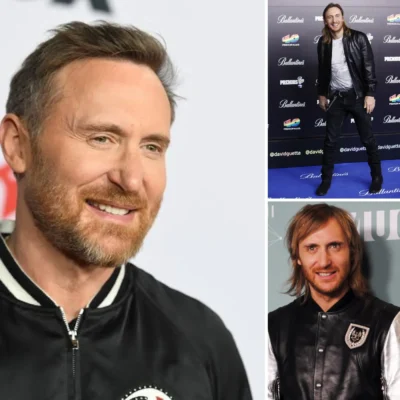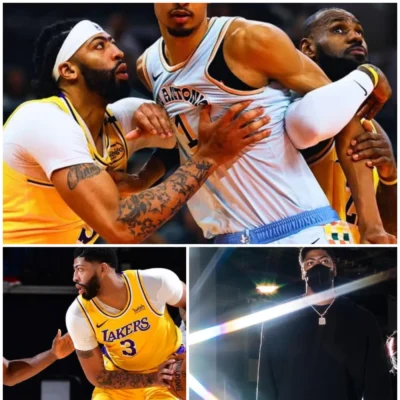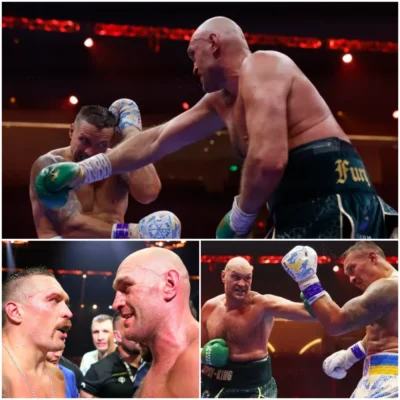
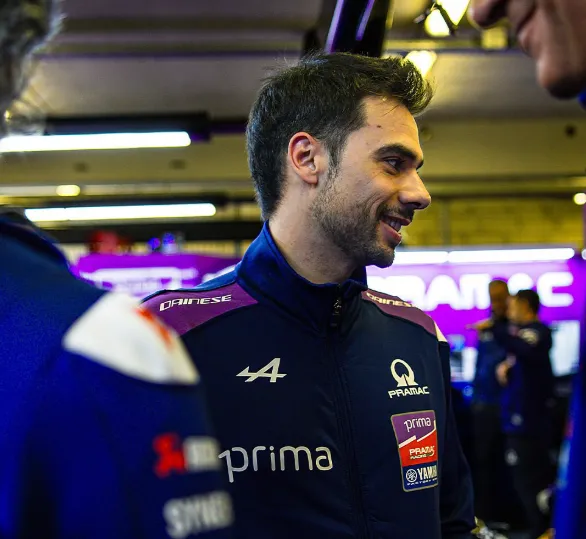
After Two Months of Recovery, Miguel Oliveira Struggles to Readjust: Ends MotoGP Le Mans Practice in 21st Place with Many Challenges
Miguel Oliveira, the seasoned Portuguese rider, made his much-anticipated return to the MotoGP grid at the 2025 French Grand Prix in Le Mans, but it quickly became apparent that the road to full competitiveness would not be easy. After a two-month absence due to injury, Oliveira found himself struggling physically and technically, finishing the opening free practice session in 21st place, a result that reflects both his current condition and the immense challenge of re-entering the world’s most demanding motorcycle racing series.
“I was relieved,” Oliveira admitted honestly, “because you always doubt if you still remember how to ride the bike after such a long time away. It’s there. I can still do it. But I’m missing so many things — the technique, the rhythm. I got tired really quickly because I was trying way too hard to do what I usually do.”
The #88 rider from Prima Pramac Yamaha did not mince words. His return wasn’t triumphant, nor was it meant to be. Instead, it was a weekend to rediscover rhythm, regain feel, and understand physical limits. The fatigue set in early, the timing sheets didn’t flatter him, but for Oliveira, simply riding again was a small victory in itself.
Physical Struggles Highlight Oliveira’s Difficult Comeback
It was clear from the opening session that Oliveira’s conditioning had not yet returned to race-ready form. The intensity of MotoGP machines — both physically and mentally — demands perfection, especially at a technical circuit like Le Mans. The rapid directional changes, brutal braking zones, and explosive acceleration expose any lack of endurance.
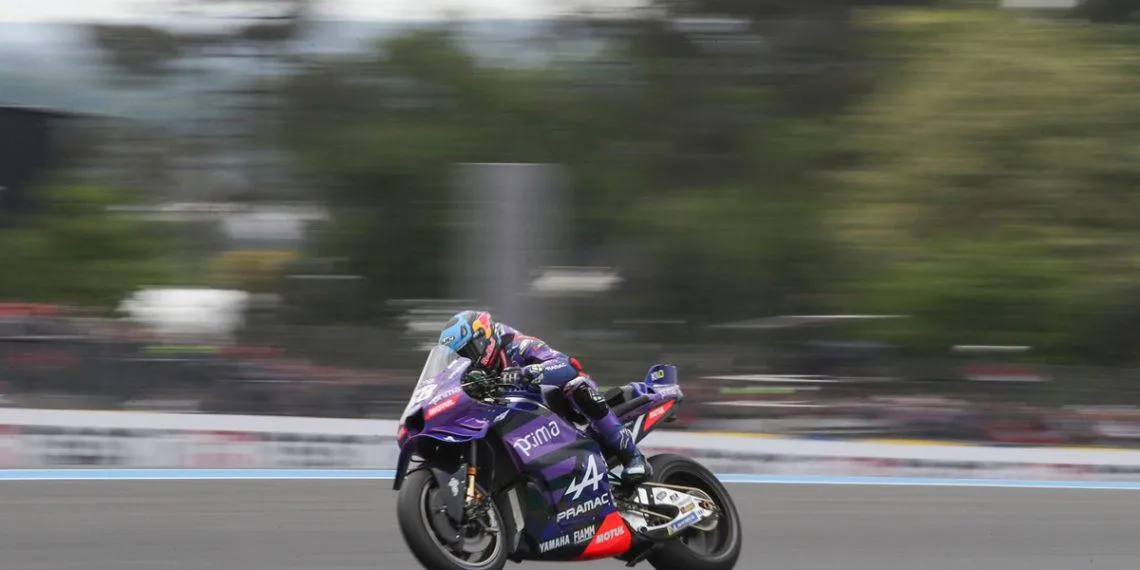
“I should be using half the effort I’m currently putting in,” Oliveira explained. “Right now, I’m working twice as hard just to do a normal lap. It’s not sustainable for an entire race. This weekend is a bit of a zero point for me. It’s not about results — it’s about getting back on the bike and feeling what it’s like again.”
His mental and physical honesty was refreshing. Rather than sugar-coating his difficulties, Oliveira embraced the struggle as part of the process, showing the kind of humility and professionalism that has earned him respect throughout the paddock.
No Major Bike Changes Needed, Says Oliveira
Despite the obvious challenges, Oliveira made it clear that his discomfort wasn’t due to the bike itself. When asked if Yamaha needed to make significant changes to help him feel more comfortable, the Portuguese rider responded:
“Not much, to be honest. Ergonomically, the bike still feels like mine. We only made some small changes — a slight tweak to the gear lever, some spring rate adjustments on the front and rear. That’s it. The bike is fine. It’s just me who needs to catch up.”
This statement reflected a key reality in modern MotoGP — machines are already optimized to such a high level that performance gains rarely come from drastic changes. Instead, it’s about micro-adjustments and fine-tuning. For Oliveira, the base was solid, but his own fitness, technique, and timing were lagging behind after time away.
A Weekend of Learning, Not Results
From the outset, Oliveira acknowledged that he wasn’t expecting miracles at Le Mans. He accepted that his role this weekend would be one of observation, adaptation, and learning, not fighting for points or podiums. “I know I will struggle. It’s just about managing what I can during the laps to finish the race.”
This realistic approach allowed Oliveira to focus on collecting valuable data for both himself and his team. Every lap completed, every sector analyzed, and every interaction with the bike offered lessons that will prove crucial as he moves forward in the season.
Yet despite his modest expectations, Oliveira’s competitive instincts still burned bright. “We’ll see tomorrow in qualifying what I’m capable of. I don’t think I’ll be fighting for much, but I’ll give everything I’ve got.”
Team Support and Strategy: Building a Recovery Roadmap
The Prima Pramac Yamaha team, understanding the significance of Oliveira’s return, approached the weekend with patience and strategic awareness. Rather than pushing for unrealistic targets, the focus was on rebuilding rhythm, regaining confidence, and mapping out a return to competitiveness over the next several races.
Inside the garage, engineers were attentive but relaxed, allowing Oliveira the space to experiment and recalibrate. His crew chief noted, “Miguel doesn’t need pressure right now. What he needs is time on the bike, consistency, and trust. We’re not expecting fireworks — we’re laying the foundation for what’s to come.”
That foundation includes a carefully planned training regimen, additional simulator work, and continuous telemetry analysis to pinpoint where and how Oliveira can regain his race pace. It’s not about making him faster overnight — it’s about returning him to the confident, technical rider he was before injury disrupted his 2025 campaign.
A Bigger Picture: Oliveira’s Future and Mindset
Beyond just Le Mans, Oliveira’s return holds long-term implications. At 30, he’s no longer the young wildcard. He’s a seasoned rider with multiple MotoGP podiums and victories under his belt. But injury and inconsistency have cast doubt on his trajectory in a highly competitive rider market.
His candid remarks in Le Mans — about physical fatigue, technique loss, and zero expectations — could be seen as vulnerability, but also as maturity. Oliveira knows that rebuilding a career is not about rushing, but about recalibrating.
He’s also well aware that riders like Pedro Acosta, Fabio Di Giannantonio, and Raul Fernandez are pushing hard for top seats. To stay relevant, Oliveira must show progress soon — ideally in the next three to four rounds.
But he remains optimistic: “Performance will follow. First, I need to feel the bike again. Once that happens, the results will come.”
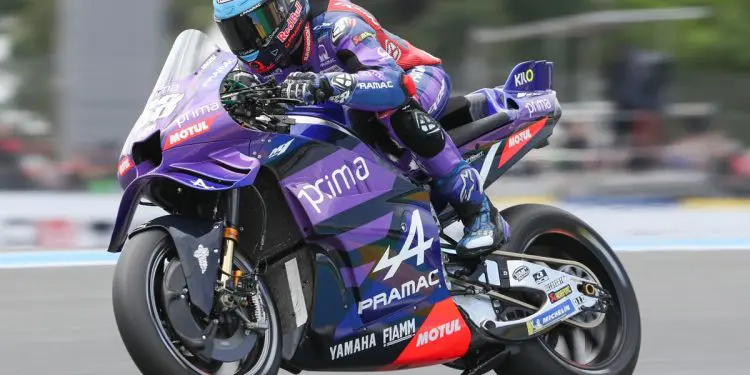
French GP as the Reset Button
For fans and analysts, the 2025 French Grand Prix marked a reset moment for Miguel Oliveira. It wasn’t about position 21 on the timesheets. It was about getting through a practice session without re-injury, rediscovering feedback from the bike, and managing expectations.
Yes, it was a quiet return — no front-row heroics or surprise podiums — but it was an important first step. Oliveira now has a base to build on, a reference point for fitness, and a clearer understanding of what it will take to compete again at the highest level.
With Mugello, Sachsenring, and Assen around the corner, the next three rounds will be critical. Each track presents unique physical and technical challenges. If Oliveira can continue to progress and finish races cleanly, his season — and perhaps his long-term career — may yet be salvaged.
Conclusion: A Brave But Honest Return for Oliveira
Miguel Oliveira’s return to MotoGP at Le Mans was marked not by speed, but by sincerity. In a sport driven by lap times and split-second bravery, the Portuguese rider showed a different kind of courage — one rooted in humility, perseverance, and a willingness to start from zero.
Finishing 21st may not make headlines, but for Oliveira, it marked a quiet victory: the return to competition, the rebuilding of his physical foundation, and the first step toward reclaiming the form that once made him one of MotoGP’s most respected riders.
As the 2025 season rolls on, fans will be watching — not for fireworks, but for steady, determined progress. And if anyone has the grit to fight their way back, it’s Miguel Oliveira.



